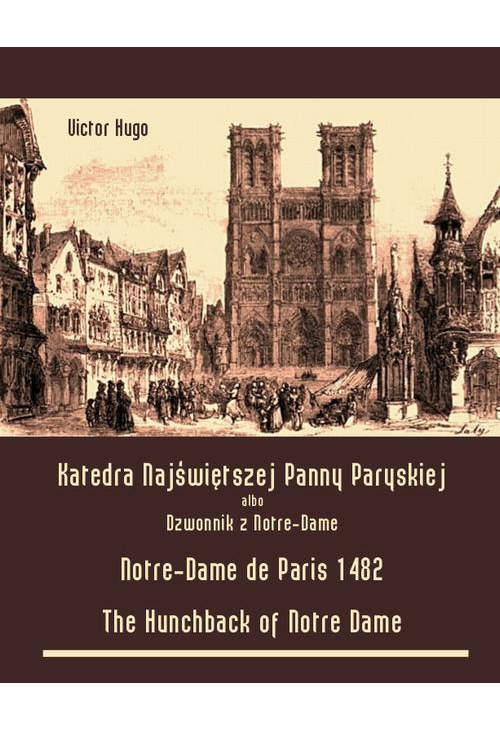
- -28%
ebook Katedra Najświętszej Panny Paryskiej. Dzwonnik z Notre-Dame Notre-Dame de Paris 1482. The Hunchback of Notre Dame
Katedra Najświętszej Panny Paryskiej, znana również jako Dzwonnik z Notre-Dame Wiktora Hugo, to powieść historyczna osadzona w późnym średniowieczu. Autor przedstawia piętnastowieczny Paryż oczami bohaterów, ukazując skomplikowane relacje międzyludzkie i moralne dylematy tamtych czasów. Zanurz się w świecie pełnym niuansów, gdzie nic nie jest całkowicie czarne ani białe.
Książka wydana pierwotnie w 1831 roku przez Armorykę w 2014 roku, zachwyciła czytelników na całym świecie. Odkryj niezwykłą historię miłości archidiakona Klaudiusza Frollo do pięknej Cyganki Esmeraldy oraz refleksję nad pożądaniem, tolerancją i przeznaczeniem. Hugo porusza tematy, które były nowatorskie dla tamtych czasów, a jednocześnie stworzył dzieło, które przetrwało próbę czasu.
Powieść ta jest znakomitym przykładem literatury pięknej, która znalazła swoje miejsce wśród najlepszych ebooków wszech czasów. Wybierając ją do swojej kolekcji, skorzystasz z wydania elektronicznego dostępnego w formatach PDF, które umożliwiają łatwe czytanie na różnych urządzeniach. Ebooki to doskonały wybór dla miłośników literatury, którzy cenią sobie komfort i dostępność do ulubionych książek zawsze pod ręką.
Kup e-booka Katedra Najświętszej Panny Paryskiej już teraz w naszym sklepie z ebookami i ciesz się bogatym światem literackim stworzonym przez Wiktora Hugo. Odkryj magię Notre-Dame, przeżywając emocje razem z bohaterami tej niezwykłej powieści. Pobierz ebooka i czytaj, gdziekolwiek jesteś!
Szczegóły ebooka Katedra Najświętszej Panny Paryskiej. Dzwonnik z Notre-Dame
- Wydawca:
- Armoryka
- Rok wydania:
- 2014
- Typ publikacji:
- Ebook
- Język:
- polski
- Format:
- epub mobi
- Liczba stron:
- 1507
Recenzje ebooka Katedra Najświętszej Panny Paryskiej. Dzwonnik z Notre-Dame
-
Reviews (0)

Na jakich urządzeniach mogę czytać ebooki?
- -28%




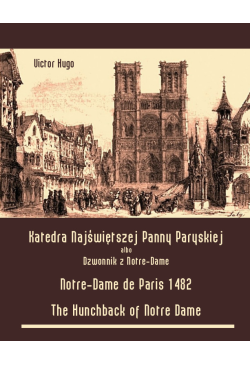
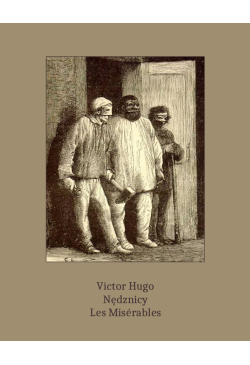

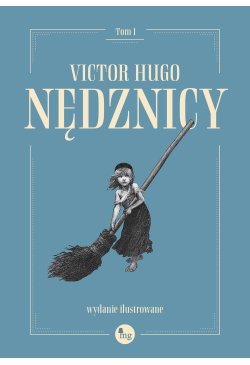
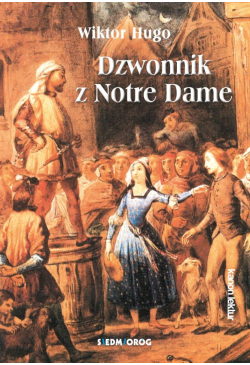
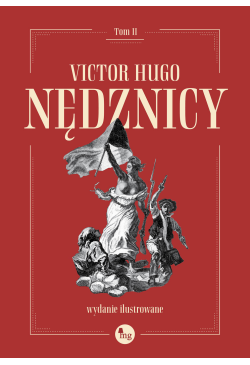
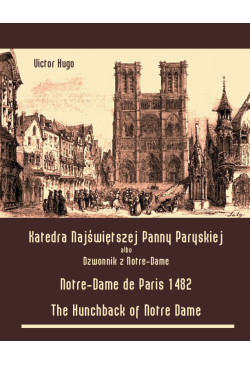

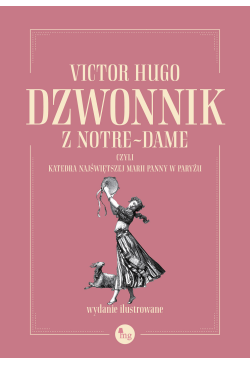







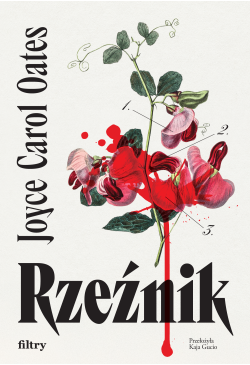




@CUSTOMER_NAME@
@COMMENT_TITLE@
@COMMENT_COMMENT@